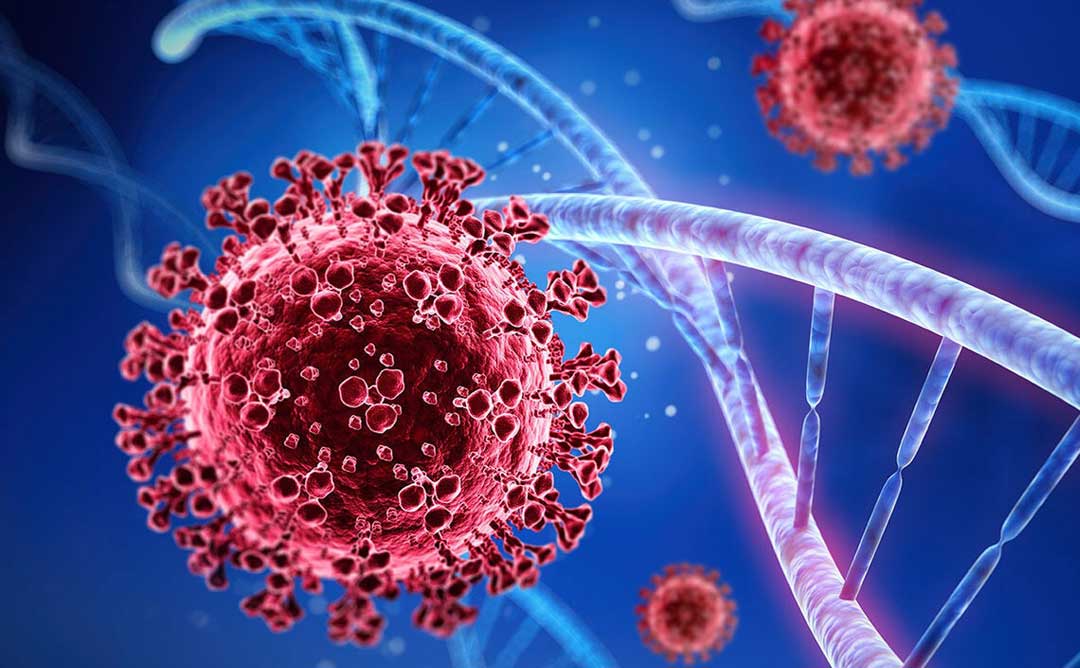On November 16, a group of Dutch scientists published a paper on the impact of COVID-19 on the diaphragm. Coroners in the Amsterdam University Medical Center and the Radboud University Medical Center found that people with severe COVID-19 who died on the ICU had serious scartissue formation on the diaphragm.
This would explain why people who went through a milder infection remain with complaints of shortness of breath until months after the infection.
The diaphragm
The diaphragm is the most important breathing muscle we possess. It works for us for 24 hours a day, 7 days a week.
According to the researchers, there was significant impact of the COVID-19 infection on al diaphragms of the 26 deceased of COVID-19. The photo’s below show the difference between how a normal diaphragm tissue looks underneath a microscope and diaphragmatic tissue of a COVID-19 sufferer. The green colour signifies scar tissue.
With these amounts of scar tissue, it is difficult for the diaphragm to work properly, resulting in severe shortness of breath in these cases.
* Green: fibrosis; White: cell nucleus; Blue: type 1 muscle cell; black: type 2 muscle cell.
Learning to breathe well
We know from patient reports on the internet that people were able to avoid mechanical breathing (admittance to ICU) by breathing consciously with their diaphragm, thereby improving their blood oxygen levels.
Now there is an even more compelling reason to make sure you learn to optimise the use of your diaphragm. This is important in terms of prevention, but mostly when you have had a COVID-19 infection and you are still suffering of shortness of breath.
Learning to breathe well is of vital importance. It has always been that way, but even more important now.







